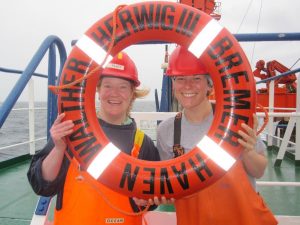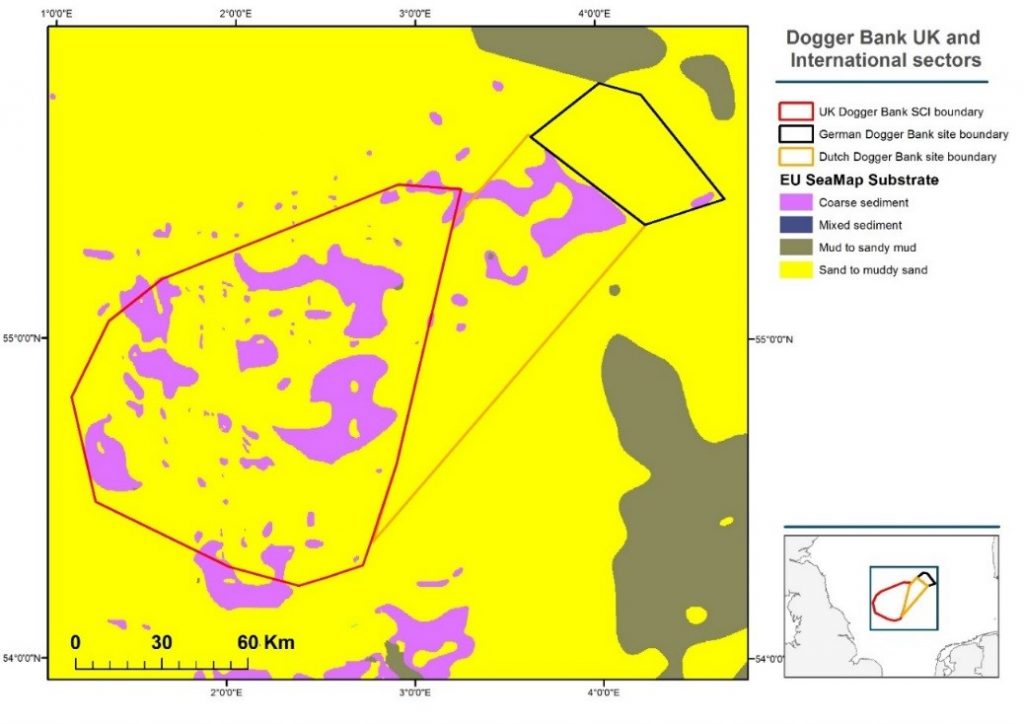
A multinational survey
Earlier this year, I was invited to take part in a multinational survey of the Dogger Bank Natura 2000 site, on board the FRV Walther Herwig III, alongside scientists from the Joint Nature Conservation Committee (UK), the Thünen Institute (Germany) and the Rijkswaterstaat (Netherlands). The research cruise was the first international survey for Natura 2000 monitoring to evaluate the status of the Dogger Bank fish community as part of the MPA conservation objectives.
MPAs are an important tool in allowing the protection of our marine environment whilst at the same time managing its sustainable use, thereby ensuring it remains healthy and continues to contribute to and be valued by our society for future generations. In order to achieve this vision for the Dogger Bank, there is an ongoing need to coordinate monitoring activities across the three countries’ marine expertise.

It was rather apt that this first example of collaborative and integrated MPA monitoring was carried out on board a fisheries research vessel named after Walther Herwig, the co-initiator of European and internationally coordinated fisheries research; and co-founder of the body that went on to become the modern day International Council for the Exploration of the Seas (ICES). So, in keeping with his vision, the multinational and multi-disciplinary scientific crew set to work on successfully sampling 35 survey stations across the UK, Dutch, Germansectors of the Dogger Bank.
A day at sea
A typical survey day began with a hearty breakfast (sometimes mackerel from the previous day’s catch) washed down with a good strong cup of tea (of which there was plenty to keep us Britons content). Breakfast was followed by the arrival of the first catch of the day, which set us up for a busy few hours sorting, counting and measuring. Whilst many species were common to most sampling stations, we did see a number of more unusual fish species including blond ray (Raja brachyura), smooth hound (Mustelus mustelus) and spurdog (Squalus acanthias). It was also encouraging to see a number of large adult plaice (greater than 40 cm in length) at several stations visited during the second part of the survey.
Looking forward
Although the survey has come to an end, the collaborative activities will continue to grow. The results of the different scientific disciplines are currently being worked up using evidence collected on the survey to feed into a joint evaluation workshop planned in Hamburg for January 2017.
About Sue Ware:
Sue Ware has a PhD from Kings College, London. She joined Cefas in 2004 as a Benthic Ecologist and is currently the Cefas Monitoring Team Leader and Marine Protected Area (MPA) Programme Lead.
For updates please sign up to email alerts from this blog, email me or you can follow us on Twitter @CefasGovUK.